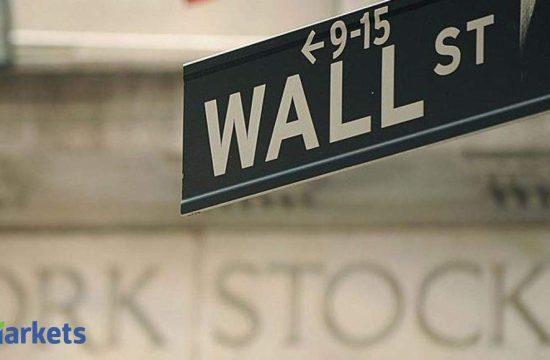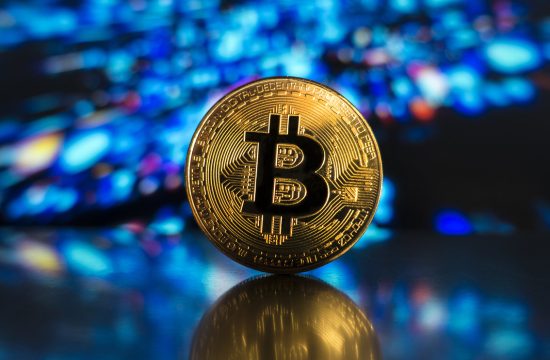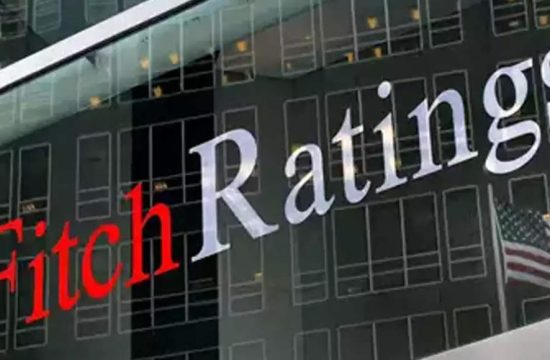
The federal minimum wage which is currently $ 7.25 per hour, has not been updated since 2009 and is an unlivable income in most of the U.S.
It may soon get an upgrade.
Lawmakers, activists and consumers have been calling for an increase in the minimum wage for years. In 2019, the U.S. House of Representatives passed a bill called the Raise the Minimum Wage Act, which would lift federal minimum wage to $ 15 an hour by 2025.
More from Invest in You:
How much you can expect in Social Security if you make $ 40,000 a year
Infamous con artist says this classic scam is making a comeback
Unemployed Americans start nonprofits and volunteer while out of work
The bill has more support than ever to become law. President-elect Joe Biden has pledged to boost the federal minimum wage to $ 15 an hour, eliminate the tipped minimum wage and index minimum wage to the median hourly wage, inline with the U.S. House act.
Still, there are obstacles ahead.
It’s highly unlikely that a Republican-controlled Senate would pass the bill, as majority leader Mitch McConnell, R-Ky., said he would not take up the legislation when it was passed by the House in 2019.
But flipping the Senate is not out of the question. Two key races in Georgia will be decided by runoff elections in January.
The benefits and costs of $ 15 minimum wage
Raising the federal minimum wage to $ 15 an hour over time would boost paychecks and reduce poverty. A recent study from the Congressional Budget Office found that a minimum-wage increase to $ 15 by 2025 would increase paychecks for roughly 27 million American workers and lift 1.3 million out of poverty.
“That’s a pretty huge slice of the country to have a better opportunity to spend or save,” said Mark Hamrick, senior economic analyst at Bankrate.
The same study also found that 1.3 million people may become jobless because of the higher minimum wage’s impact on businesses, and that teenagers, part-time workers and those with only a high school diploma would be disproportionately impacted.
But the CBO’s estimates about job losses are more negative than expected, according to Ben Zipperer, an economist at the Economic Policy Institute, a left-leaning research group.
“The benefits of the policy far outweigh the potential costs,” he said.
The U.S. population is largely in favor of boosting minimum wage. A 2019 Pew Research Center survey found that two-thirds of Americans support a raise to $ 15 an hour. A number of states have already passed laws to make the local minimum wage $ 15, including California, Connecticut, Illinois, Maryland, Massachusetts, New Jersey and New York.
Florida became the latest state to pass a law upping its minimum wage to $ 15 during the November presidential election.
The impact to people’s wallets
A higher minimum wage could help the millions of Americans struggling with their finances and begin to level the playing field for those making the least.
“In our society, we unfortunately pay women and people of color disproportionately low wages,” Zipperer said. “Raising the minimum wage in the future would bring about the largest wage increases for women and people of color.”
Increasing the federal minimum wage would impact 25% of Black workers and 19.1% of Hispanic workers, according to an EPI analysis of the Raise the Minimum Wage Act. By comparison, it would impact 13.1% of White workers and 10.8% of Asian workers.
Boosting minimum wage could also help Americans during the coronavirus pandemic recession, which has been harder on the most vulnerable. “Anything you can do to redistribute money towards low-income individuals and families will be good for the economy because those are the people that will spend any money they can get,” Zipperer said.
It could also help many Americans work towards financial stability, perhaps for the first time. Those that have been living paycheck to paycheck or perpetually struggling financially have likely been unable to save for retirement, buy a house or have an emergency fund, he said.
“Anything that helps to address the issue of the severe problem in the United States that is financial fragility is a good thing,” said Hamrick of Bankrate. “We really have some structural issues that are related to not only income inequality but wealth inequality.”
SIGN UP: Money 101 is an 8-week learning course to financial freedom, delivered weekly to your inbox.
CHECK OUT: Digital nomad makes $ 600 a month in passive income: Here are her top tips via Grow with Acorns+CNBC.
Disclosure: NBCUniversal and Comcast Ventures are investors in Acorns.





